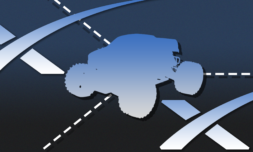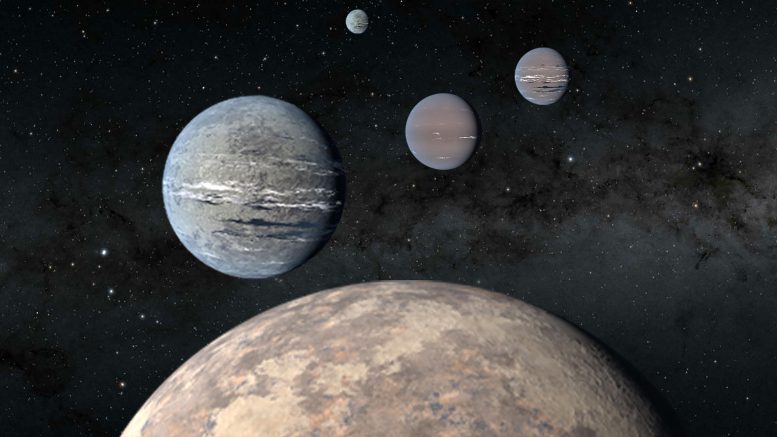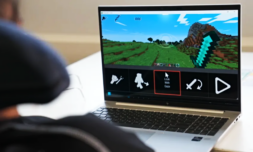A teenage duo from a Massachusetts high school have discovered four new exoplanets and co-authored a paper in the Astronomical Journal.
It’s high time we officially axed the term ‘pie in the sky’.
Two Massachusetts high schoolers have blossomed from keen physics students into renowned astronomers seemingly overnight. Thanks to a mentorship program at the Center for Astrophysics; Harvard and Smithsonian, both will go down in history for uncovering the existence of four new exoplanets.
Rounding off a year-long research project, 18-year-old Jasmine Wright and 16-year-old Kartik Pingle stake a claim to being the youngest astronomers ever to make a breakthrough discovery in the field.
Outlined in a co-authored paper published by the Astronomical Journal – a huge achievement in itself – the pair divulge the vital research that led to the unearthing of four exoplanets over 200 light-years away. To the uninitiated, that’s a term for any planet orbiting around a sun other than our own.
As part of its Student Mentorship Program, the Center for Astrophysics; Harvard and MIT put Pingle and Wright under the tutelage of postdoc researcher Tansu Daylan, who would eventually become lead author of their paper 12 months later. Together, the team studied and analysed data from NASA’s Transiting Exoplanet Survey Satellite (TESS).
Orbiting Earth, TESS is a deep space satellite built with the sole purpose of surveying nearby bright stars and checking whether or not they’re being orbited by undiscovered exoplanets. In this case the team routinely zeroed in on ‘Object of Interest 1233,’ one of thousands of bright sun-like stars already on record. Their findings, however, were to be anything other than ordinary.
‘We were looking to see changes in light over time,’ Pingle explains. ‘The idea being that if a planet transits the star, or passes in front of it, it would [periodically] cover up the star and decrease its brightness.’ This process, known as the ‘transit method,’ has become one of the most reliable means of finding uncharted planets in the last decade.





















